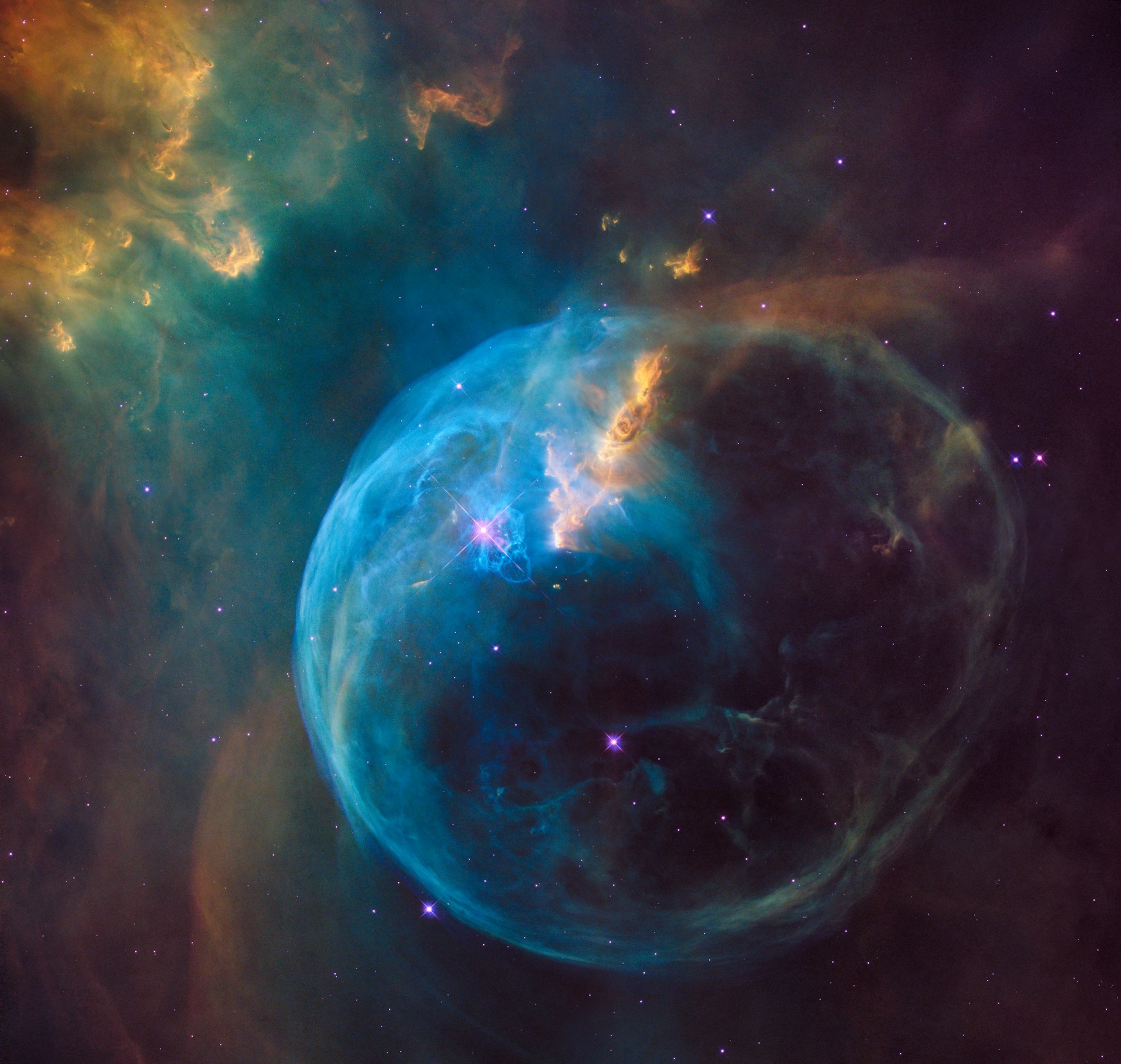
Atomic comagnetometers for sensing magnetic fields, rotation and dark matter
About 85% of the matter and energy in the universe is in the form of some unknown dark matter or dark energy. It was hoped that the nature of this would be discovered by particle accelerators like the Large Hadron Collider. Until now, however, no hints of dark matter have been observed. Presented by Professor Ben Buchler
Speakers
Event series
Content navigation
RegisterDescription
Watch the recording
About 85% of the matter and energy in the universe is in the form of some unknown dark matter or dark energy. It was hoped that the nature of this would be discovered by particle accelerators like the Large Hadron Collider. Until now, however, no hints of dark matter have been observed. In this talk I will discuss how there are other ways of looking for dark matter on a smaller scale. Using lasers and a gas of warm atoms we can build sensors that can detect magnetic fields, rotations, and signatures of dark matter. Our sensor is a part of a global network of such devices, the Global Network of Optical Magnetometers for Exotic physics (GNOME), which is looking for signs of the missing matter in our universe. Atomic comagnetometers work by harnessing the collective quantum spin of an atomic gas. Such spin-based sensors are also very good for detecting magnetic fields and rotations. Our work to detect dark matter will, we hope, also have applications in medical science and navigation systems.
About the speaker

Professor Buchler has extensive experience in quantum and nano-optics. Ben completed a PhD on the electro-optic control of quantum measurements in 2002 and took up a postdoctoral position at ETH Zurich working in the nano-optics group. During this time, he used near-field scanning probe techniques to characterise photonic crystal waveguides and cavities, as well as perform measurements of single-molecule fluorescence quantum efficiency.
Returning to the Australian National University in 2006, Ben became a Chief Investigator in the ARC Centre for Quantum-Atom Optics and began working on quantum memory based on warm atomic vapour. A source of squeezed light compatible with the atomic system was also developed, allowing experiments that probed the interaction of quantum entanglement with quantum memory. In 2010 Ben was awarded an ARC Future Fellowship to support his work in the Centre and in 2011 he was part of the ANU quantum memory team which was a finalist in the Eureka Awards.
Recent work has shown how machine learning can be used to improve the performance of quantum systems. This technology is now being deployed in other centre experiments, as well as being pursued as a commercialisation opportunity. Ben has published more than 90 refereed journal articles, including eight in the prestigious Nature suite of journals since 2009. His articles have attracted more than 3,800 citations.
Location
Online

